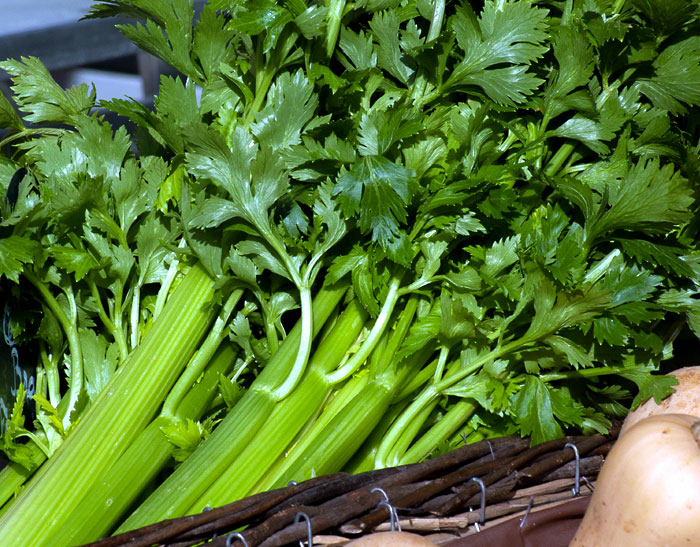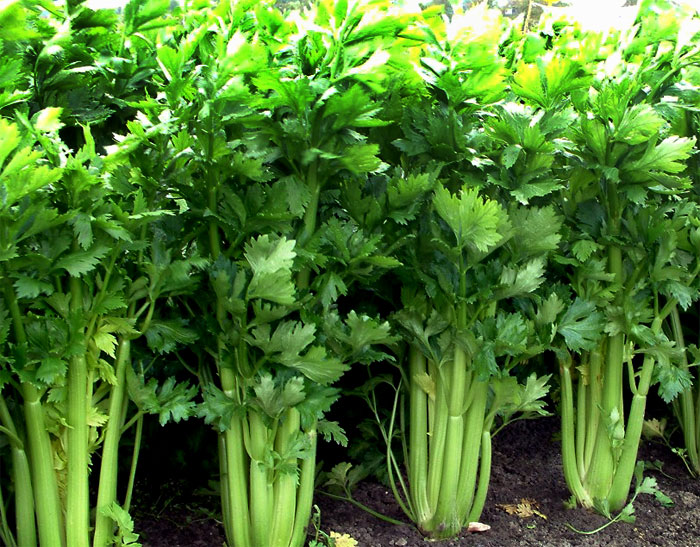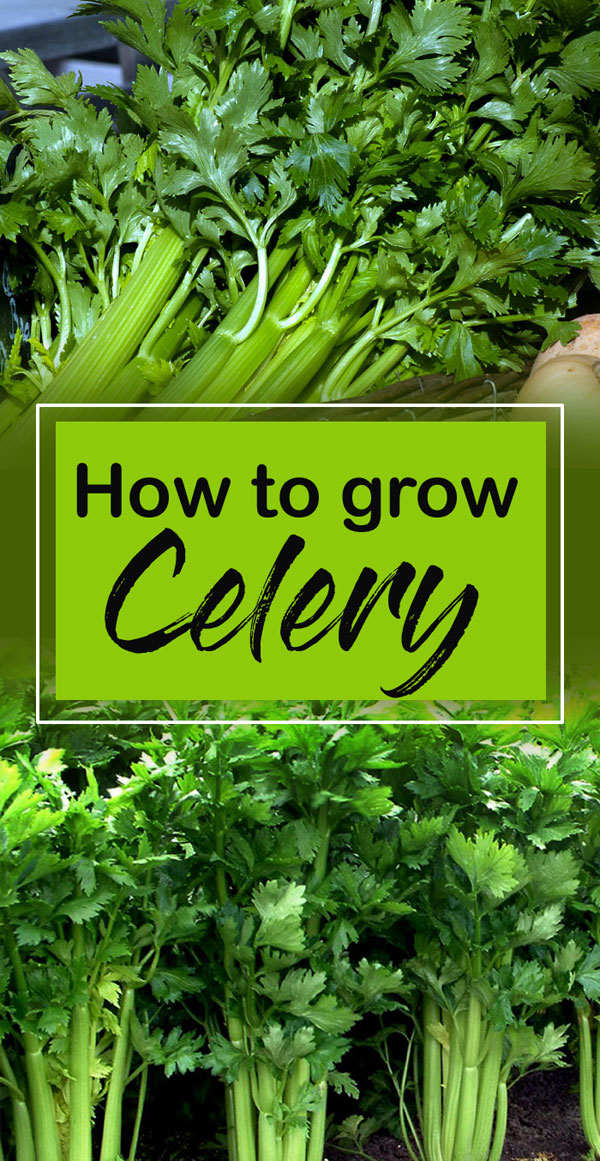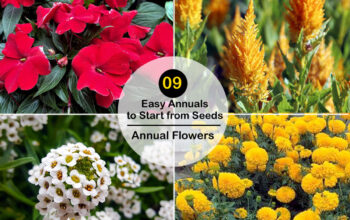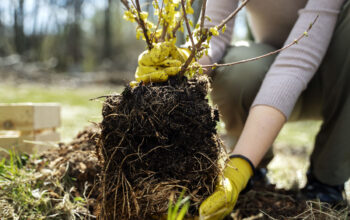Celery ( Apium graveolens)
Know-How to grow Celery, Growing Celery in containers, care harvest, Growing Celery from seeds. Celery plant is a popular vegetable grown in spring and fall. These plants have a habit of fussy, but it is very easy to grow if you keep in mind its specific requirements. The most fun thing is that it’s cut the portion you can easily germinate in water. Although you develop it in water, it is a better project for the winter, but for the adequate project, you develop celery in a pot of pot.
Overview Apium graveolens
Scientific name Apium graveolens
Common name Celery
Plants type Vegetable, herb
Sun Full Sun, Part Sun
Soil Rich and well-drained soil
Soil pH Natural to slightly acidic soil
USDA Zone 2-10
How to Grow Celery
Soil and location
Celery plant likes rich and humid soil, do not choose such a field, where the plantation area is not prone to flood. Celery can tolerate the condition of damp soil compared to other vegetables. This plant likes a pH between 6.0 and 7.0 so slightly acidic soil. Check the level of calcium and magnesium in your soil. Add limestone if there is a lack of calcium, and add dolomitic limestone when there is a lack of magnesium. Read more.
If there is any deficiency in the soil then you can amend the soil. For this, mix the fertilizer in your soil (it should be 5-10-10 per 30 square feet in about one pound.) For the amendment and preparation of soil for planting, see.)
Fertilizer
The celery plant is like very rich and organic soil. Mix high-nitrogen organic compost in the soil. Combine about 4-inch thick manure into the soil, it will help in transplantation and healthy plant growth.
Planting
Applying 6 to 12 inches apart between the rows while planting, 06 to 12 inches between plants. Dig a-holes slightly bigger from cells, preventing the roots from damage, patch the soil of the transplanting gently through the soil.
Mulching
Celery plant is heavy feeding plants and prefers moisture. To maintain moisture, you use mulch. Place the seedling straight and place them around, so make sure to apply mulch.
Watering
In celery regular mulch and manure need to be added. It cures the lack of food and moisture. After this, you will also need to give regular water during the growing period. If your stalks look small and dry, they do not get enough water.
Temperature
If this plant wants to grow you out, then when the temperature of the soil is more than 10 degrees Celsius and the night temperature should not be less than 5 degrees.
Growing Celery by seeds
- It takes about 90 days to transplant the plant with seed, if the weather is favorable then you can transplant a little before. However, it is very slow for about 2-3 weeks after transplantation.
- Soak the seed in a bowl overnight, which can accelerate germination.
- About 10-12 weeks before the last frost of spring you can start celery seeds inside the house. You can sow many seeds per cell simultaneously, to ensure that at least some seeds sprout.
- Fill 2/3 your pot with potting mix, and cover the seed with 1-inch thick soil. Do not pat the soil with fingers.
- After planting seeds, wet the mixture with water and keep it in a very light spot for germination.
- Place the planted seeds in a warm place while the temperature is between 21 and 24 degrees Celsius. It takes approximately 2 to 3 weeks for germination.
- Place the seedling at the cool place after germination, approximately 16-21 degrees Celsius temperature is appropriate.
- Thin the seedling, with approximately one germination per cell. Read more.
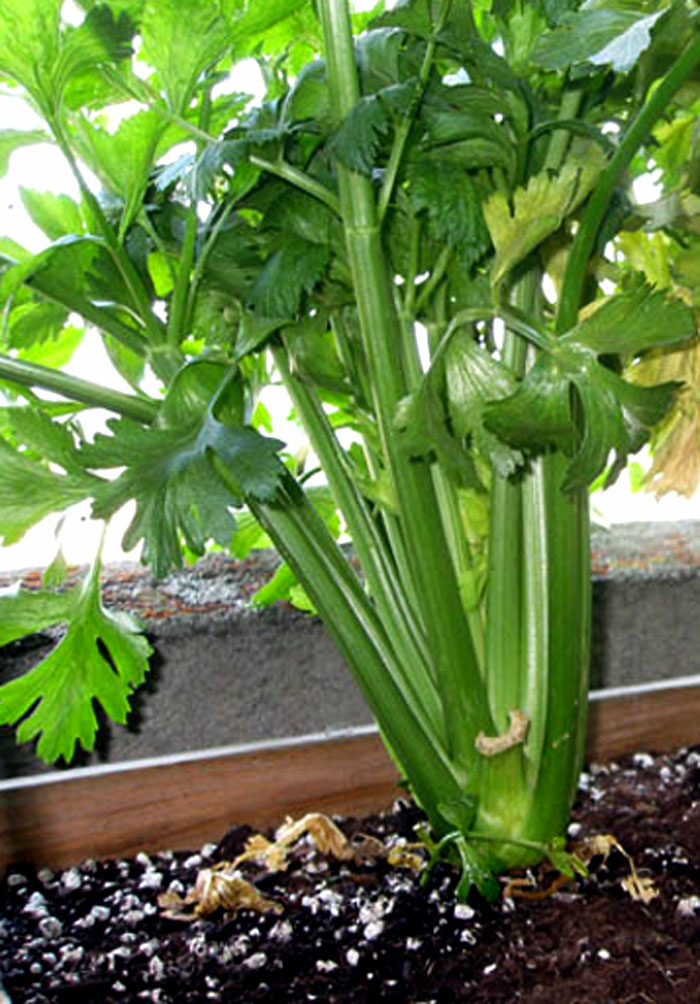
How to grow Celery in containers
- For the adequate project, develop celery in pottery in summer, it will prove to be an excellent veggie.
- Choose a 12-14 inch wide pot for celery, this plant will grow well, or you can also plant several plants together in plastic made plants.
- Celery plants require more water, so the moisture content of the plastic containers will last longer.
- Fill the container about half with the soil mixture and add one organic compost in half, and mix together.
- Set the celery germination in the center of the container and cover the root ball with the surrounding soil. The soil is about 1 inch below the container ring. Do not press the roots very deeply.
- The celery plant needs more water, due to the lack of water, it will make a difference in its quality. To maintain the moisture requirement, add a 1-inch layer around the plant.
- Add a handful of manure to the soil once a month to 3 months. To maintain the quality of the plant’s bloom, add a spoonful compost tea to the water every week.
- Cut the whole celery head on the harvest or cut the stalks separately. Cut the head from right below the soil line when your plant is bigger than about 3 inches. If you want individual stalks, then cut stems from the outside of the plant. Read more.
Harvesting
The best time to harvest celery is when the stalk of the crop is about 8 inches long. Unblanched celery is harvested according to your requirement, it is harvested properly from below the soil line. It can be kept till you fall into your garden, and you can bear the cold.
Pests and diseases celery plant
- Downy mildew is its common fungal disease, due to which the yellow leaves on the upper surface of the leaves and white lesions on the bottom of the leaves. You can get rid of it by rotating the crop and pathogen-free seeds.
Celery Mosaic and Soft Rot are also problems. - Soft rot Erwinia carotovora consists of small watery wounds near the base of petioles, which are soft and faint. These bacteria grow in the water-saturated for a long time. This can be avoided by well dry clay.
- Bacterial blight is another problem. There are dry wounds on the leaves (color of the rust ) and the brown stems develop. These bacteria become dangerous at higher temperatures. The control of this disease is difficult, only trimming of leaves can be reduced to some extent.
Read also: How to grow Jade Plant. How to Grow Cantaloupe in containers. Growing Anthurium plant indoors. 8 Frugal Gardening tips. Ridge gourd Growing and caring tips. Pansy flowers growing and care guide. Onion Growing and caring tips. Daffodils growing and caring guide. Gerbera daisies growing and Spring onion growing and caring guide. Passionflowers growing and care tips. Organic Gardening. Vinca growing guide.
Happy gardening
For Pin

